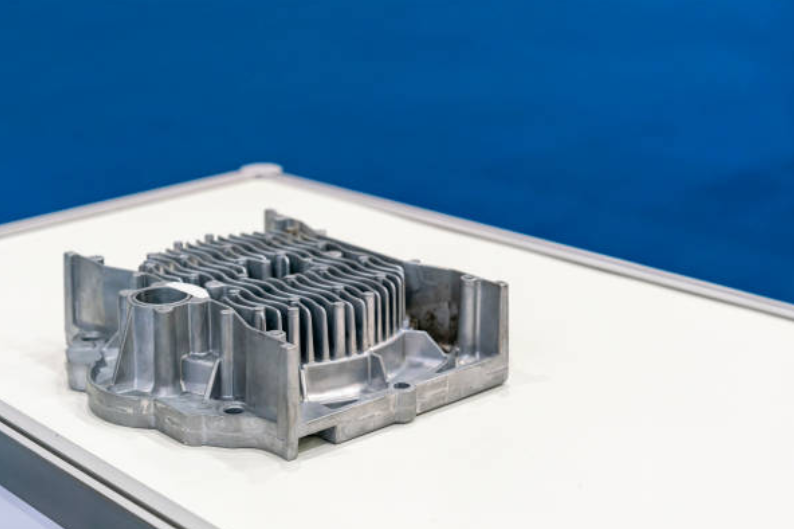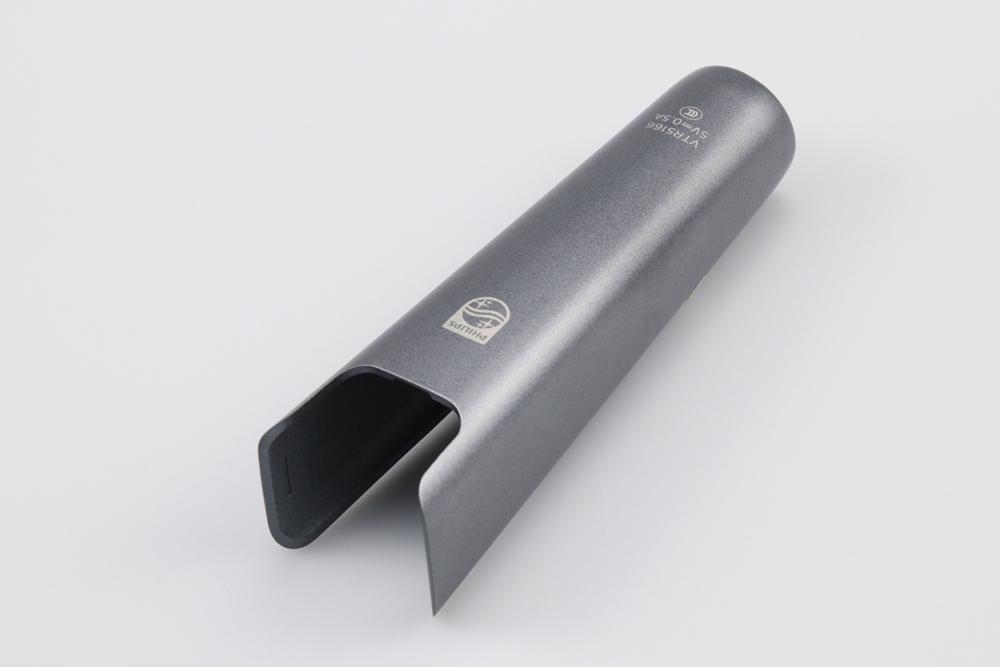Why is Zamak die casting considered cost-effective?
Introduction
Zamak die casting remains one of the most cost-effective metal manufacturing methods for high-volume production due to its unique combination of material efficiency, process repeatability, and high-quality surface finish. At Neway, we leverage advanced zinc die casting technology to minimize total production cost while maintaining excellent mechanical and aesthetic performance. This balance between quality and affordability makes Zamak alloys a preferred choice across multiple industries.
Manufacturing Process Efficiency
Zamak’s low melting temperature allows for reduced energy consumption during the die casting process. Compared with materials like aluminum or magnesium, the molten zinc alloy solidifies quickly, enabling shorter cycle times and extended mold life.
Modern gravity casting and sand casting systems also benefit from this efficiency, but high-pressure Zamak casting achieves far greater throughput. Automation and robotic handling in CNC machining prototyping further reduce manual labor, waste, and post-processing.
The integration of rapid molding prototyping accelerates tooling validation, enabling early-stage design adjustments without costly delays. This streamlined production flow significantly lowers per-part costs over large production runs.
Surface Treatment and Finishing Advantages
One of Zamak’s key economic benefits is its ability to achieve high-quality surface finishes directly from the mold, thereby minimizing the need for additional processing. When finishing is required, treatments such as electroplating or chrome plating produce smooth, decorative, and corrosion-resistant surfaces with minimal material removal.
Additionally, coatings such as powder coating and black oxide coating offer long-term protection and a uniform color finish at a low cost. These efficient surface treatments extend the component’s service life without adding significant expense.
Material Benefits of Zamak Alloys
Zamak alloys—particularly Zamak 3, Zamak 5, and Zamak 7—are highly recyclable and can be re-melted multiple times without significant degradation in performance. This closed-loop material economy reduces raw material costs over time.
Zinc alloys also offer excellent fluidity, enabling the casting of thin-walled and intricate shapes with minimal machining. Compared with aluminum die casting or magnesium alloy casting, Zamak requires less machining tolerance compensation, saving both time and tooling wear.
For specific applications requiring higher mechanical strength, alloys such as EZAC and ACuZinc5 further enhance durability without compromising castability—providing optimal cost-performance ratios.
Industry Applications and Economic Value
In the automotive industry, Zamak die casting enables the mass production of components, such as brackets, handles, and housings, with excellent repeatability. Consumer electronics utilize Zamak for both aesthetic and functional housings, where the finishing quality directly impacts brand perception. The locking system sector benefits from Zamak’s dimensional precision and high hardness, enabling secure, long-lasting mechanisms at low per-unit cost.
These factors—combined with minimal post-processing, reduced waste, and exceptional mold longevity—make Zamak die casting a proven, scalable solution for manufacturers seeking affordable yet high-quality metal components.



